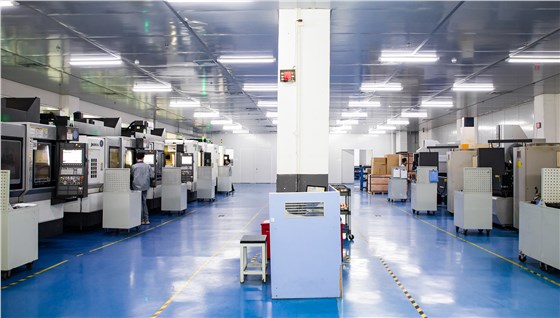Contents

PP is generally known as polypropylene, also known as "100% gel" because of its good breaking resistance. PP is a translucent, semi crystalline thermoplastic, which has the characteristics of high strength, good insulation, low water absorption, high thermal deformation temperature, low density and high crystallinity. Modified fillers usually include glass fiber, mineral filler, thermoplastic rubber, etc.
Pure PP is translucent ivory white, which can be dyed into various colors. PP dyeing can only use color masterbatch on general injection molding machines. In some machines, there are independent plasticizing elements that strengthen the mixing effect, and they can also be dyed with toner. Products used outdoors are generally filled with UV stabilizer and carbon black. The use proportion of recycled materials should not exceed 15%, otherwise it will cause strength reduction and decomposition discoloration. PP generally does not need special drying treatment before injection molding.
There are no special requirements for the selection of injection molding machines. Because PP has high crystallinity. Computer injection molding machine with high injection pressure and multi-stage control is required. The clamping force is generally determined by 3800t/m2, and the injection amount is 20% - 85%.
The mold temperature is 50-90 ℃, and high mold temperature is used for those with high dimensional requirements. The core temperature is more than 5 ℃ lower than the cavity temperature, the runner diameter is 4-7mm, the needle gate length is 1-1.5mm, and the diameter can be as small as 0.7mm. The shorter the length of the side gate, the better, about 0.7mm, the depth is half of the wall thickness, and the width is twice the wall thickness, and increases with the length of the melt flow in the mold cavity. The mold must have good exhaust performance. The exhaust hole is 0.025mm-0.038mm deep and 1.5mm thick. To avoid shrinkage marks, large and round injection ports and circular flow channels should be used, and the thickness of stiffeners should be small (for example, 50-60% of the wall thickness). The thickness of products made of homopolymer PP should not exceed 3mm, otherwise there will be bubbles (thick wall products can only use copolymer PP).
In order to reduce internal stress and deformation, high-speed injection should be selected, but some grades of PP and mold are not applicable (bubbles and wrinkles appear). If there are bright and dark stripes diffused by the gate on the engraved surface, low-speed injection and high mold temperature should be used.
5bar melt back pressure can be used, and the back pressure of toner can be adjusted appropriately.
In order to prevent shrinkage deformation caused by post crystallization, products generally need to be soaked in hot water.




